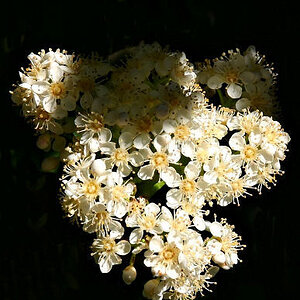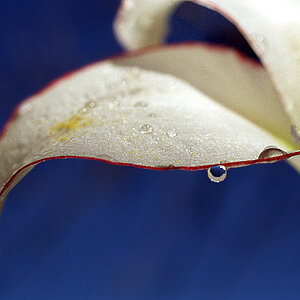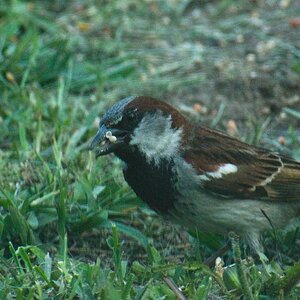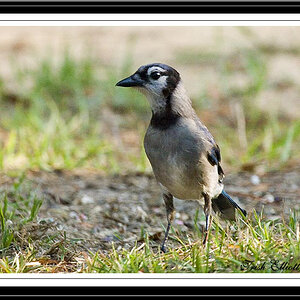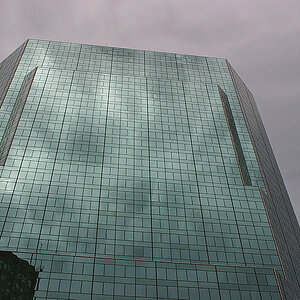AUZambo
TPF Noob!
- Joined
- Jan 14, 2007
- Messages
- 573
- Reaction score
- 6
- Location
- Birmingham, AL, USA
- Can others edit my Photos
- Photos OK to edit
It doesn't HAVE to be post processed. If you're awesome at choosing all the right settings originally then for the most part you can simply convert to JPGs without much else work. The benefit of RAW is that if you do want to change white balance, exposure compensation, etc. it's MUCH easier and much more effective.so am i correct thinking that if i shoot raw the image has to have post process, other than just converting the file? meaning will the image look wrong with no PP. I have just taken a couple of trial RAW files and they look like the jpg on the camera screen
When you shoot JPGs, the camera does some processing for you to optimize the photo. The way I understand it, it's kinda like when you choose the "autofix" option on photo editing software...except the camera does it for you before the image is saved to the card so it cannot be undone. With RAW files the camera does absolutely nothing to it...just like you're shooting with film.
If I'm wrong I'm sure someone will correct me.


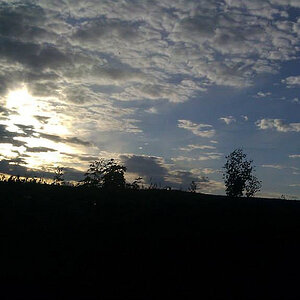
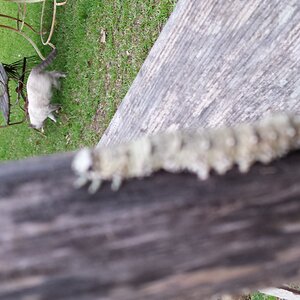
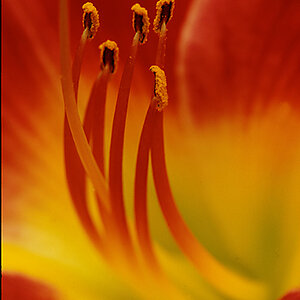
![[No title]](/data/xfmg/thumbnail/34/34133-7a1339dcac8b8cda8f7e1e4b6c828ccb.jpg?1619736305)
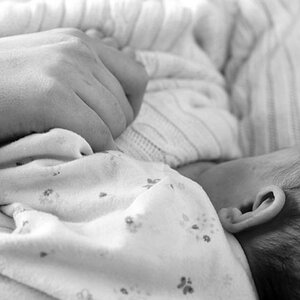
![[No title]](/data/xfmg/thumbnail/36/36658-525087f40e1bdbfe8b995ce4296ef4a6.jpg?1619737675)
